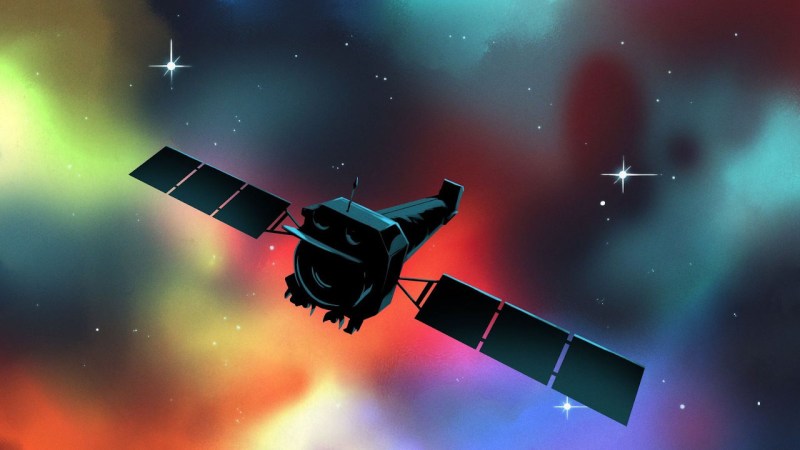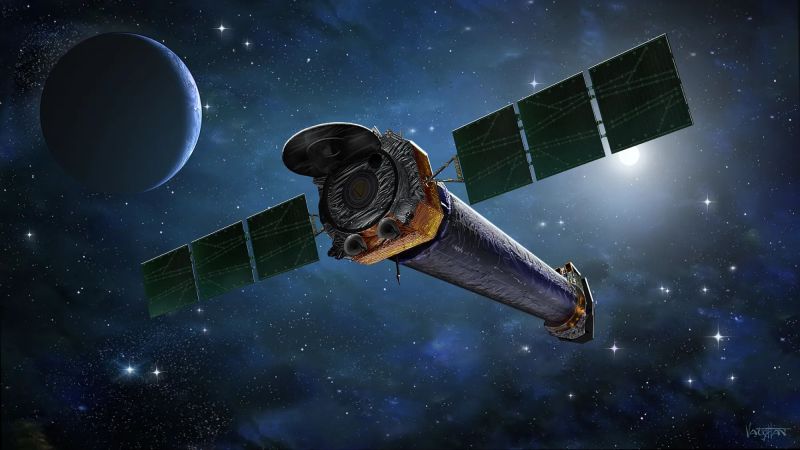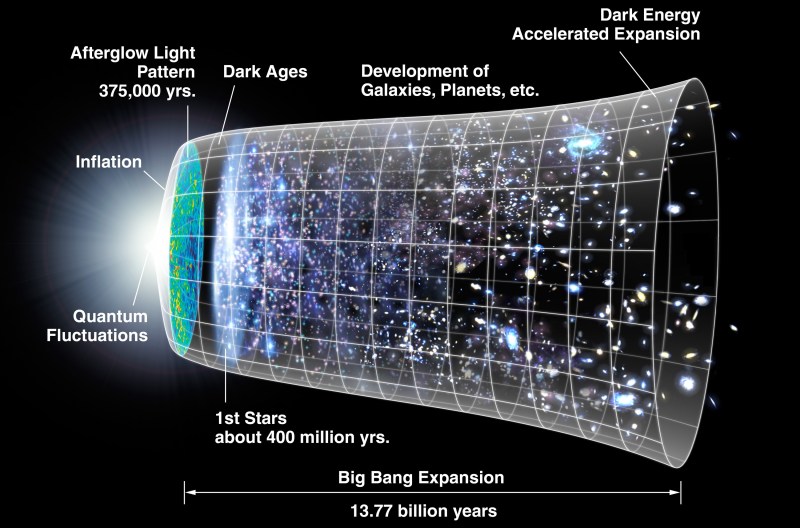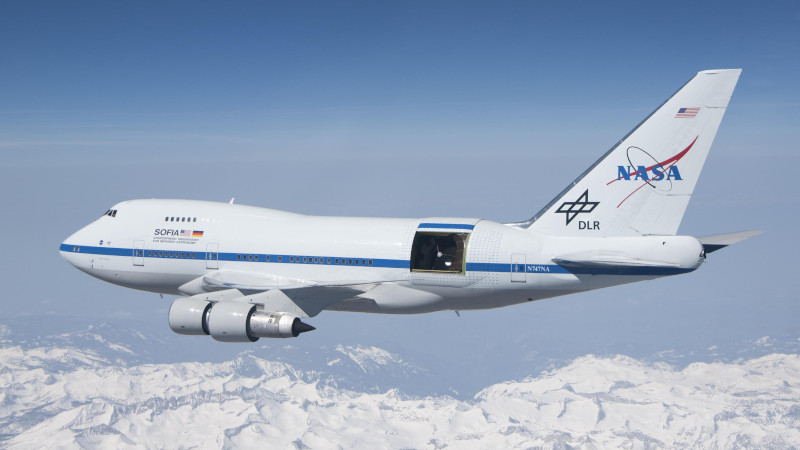Chandra X-ray Observatory Threatened by Budget Cuts

Launched aboard the Space Shuttle Columbia in July of 1999, the Chandra X-ray Observatory is the most capable space telescope of its kind. As of this writing, the spacecraft is …read more Continue reading Chandra X-ray Observatory Threatened by Budget Cuts


